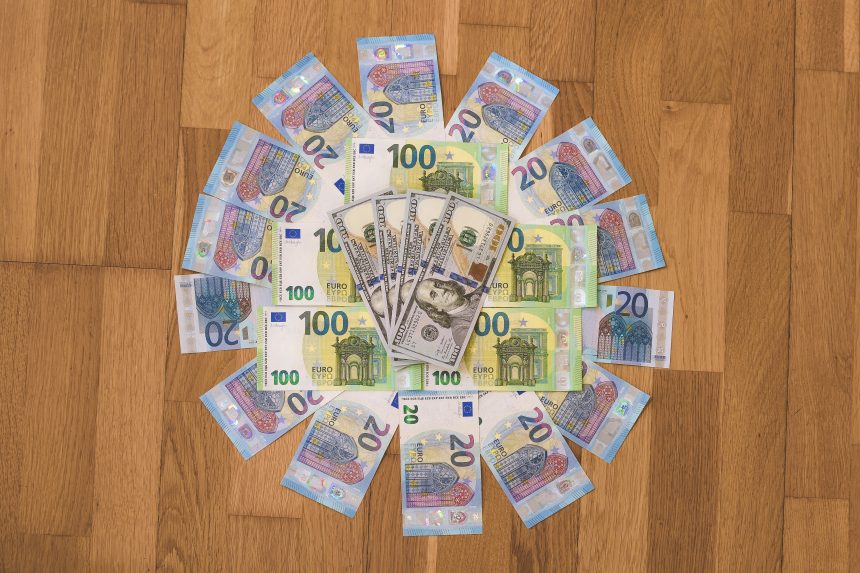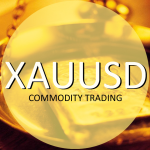The EURUSD clings to modest gains at a 10-month high.
EURUSD oscillates around the highest levels since April 2022, moderately bid near 1.1020 over a three-day rally, as traders await new hints ahead of the European Central Bank (ECB) monetary policy meeting. As a result, the major currency pair protects Fed-induced gains as market sentiment remains cautiously hopeful.
Fed’s dovish raise thrilled US Dollar bears when rate cuts and decreasing inflation were announced.
The Fed drowned the US Dollar with its 0.25% dovish raise, which was well anticipated and factored in. The main focus, however, was on the Fed statement indicating easing inflation pressures and Chairman Jerome Powell’s indications of rate reduction in late 2023.
If inflation falls faster. Downbeat US data and anticipation for additional Chinese stimulus also favored EURUSD bulls, not to mention optimistic markets and lower currencies.
The lower prints of the US ISM Manufacturing PMI and ADP Employment Change, among other key US data, drew significant attention and weighed on the greenback ahead of the Fed’s super-duper actions.
Slower rate rise concerns must be addressed by the ECB in order to justify a 50-basis point rate boost.
The Eurozone Harmonized Index of Consumer Prices (HICP) fell to 8.5% YoY vs 9.0% predicted and 9.5% before, while the Core HICP dropped 5.2% YoY versus 5.1% market predictions.
It’s worth mentioning that Germany’s GDP for the fourth quarter (Q4) and the current Retail Sales statistics have posed a challenge to ECB hawks, as both indicate the need for cheap money for the bloc’s powerhouse.
The old continent’s economy is also being challenged by geopolitical squabbles with Russia and internal divisions over the bloc’s legislative framework. In response. Wall Street rallied, and US 10-year Treasury rates fell the most in two weeks, testing the lowest levels in a week.
Softer EU inflation and German data make it tougher for ECB President Lagarde to support EURUSD bulls.
EURUSD is anticipated to continue stronger as the ECB prepares to raise interest rates by 0.50% and the Fed follows market expectations by remaining dovish. However, the capacity of the main currency pair to resist the downturn is dependent on how well ECB President Christine Lagarde justifies additional rate rises.
Aside from the ECB, US Factory Orders for December are likely to increase by 2.3% vs -1.8% before, and US Preliminary Nonfarm Productivity for the fourth quarter (Q4) is predicted to increase by 2.4% versus 0.8% previously.
Above all, the US employment data for January, due out on Friday, will be critical to monitor for clear direction









